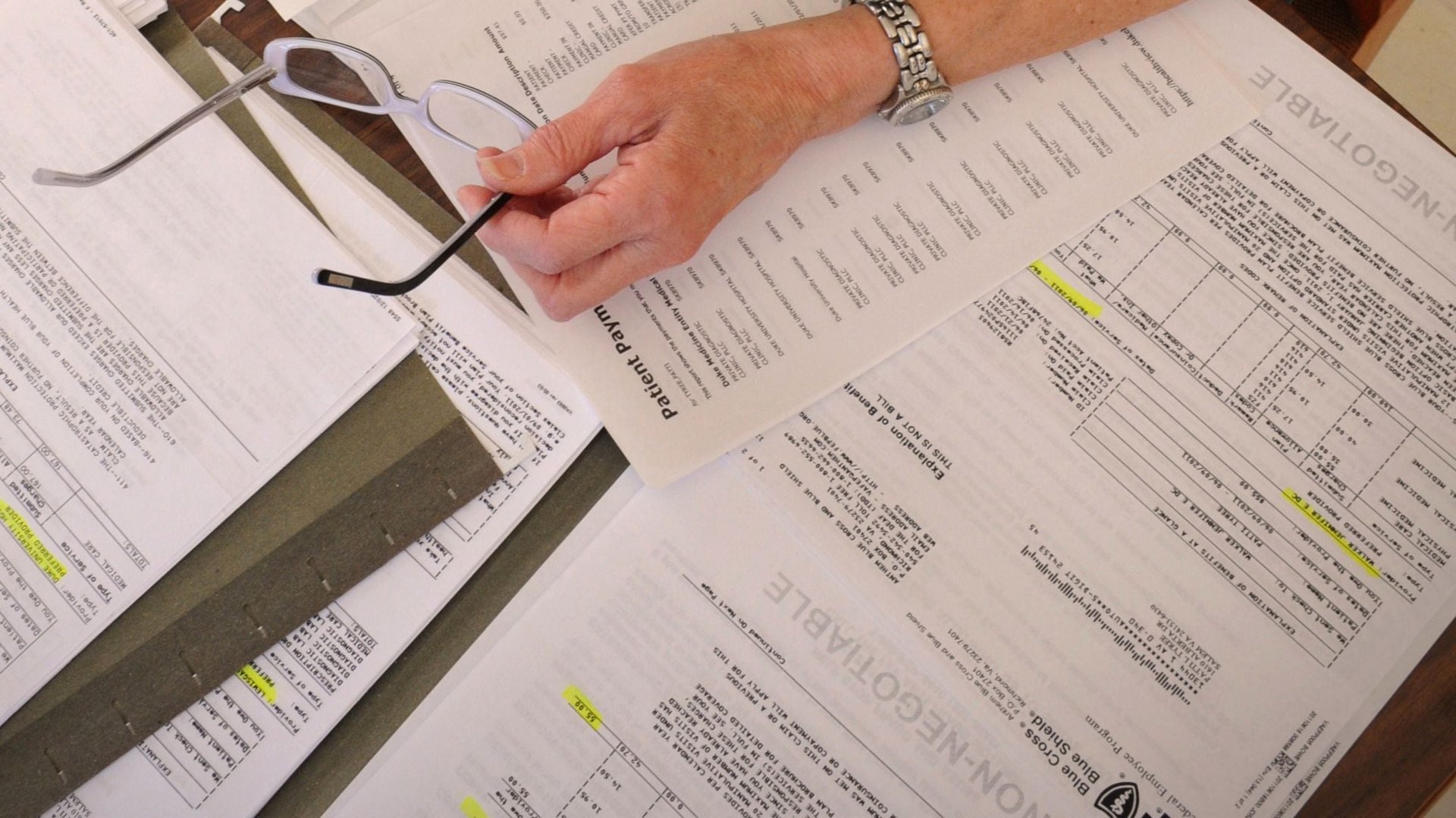Finally, US hospitals will have to post their prices online
Astronomical hospital bills are a trope of American health care. Hospitals in the US are known for charging exorbitant fees for simple procedures, and for adding baffling entries to discharge bills. Notorious examples include the woman who was charged $40 to hold her newborn, and the $18,000 emergency-room bill that a family received after their baby was “treated” with some milk and a nap.


Astronomical hospital bills are a trope of American health care. Hospitals in the US are known for charging exorbitant fees for simple procedures, and for adding baffling entries to discharge bills. Notorious examples include the woman who was charged $40 to hold her newborn, and the $18,000 emergency-room bill that a family received after their baby was “treated” with some milk and a nap.
The surprise factor, at least, may soon be changing. On Jan. 1, a new regulation takes effect requiring hospitals to post the prices of their services online. Announced by health and human services secretary Alex Azar in April, the provision is called Inpatient Prospective Payment System rule. Under it, hospitals will have to share the prices of standard services online, as well as make medical records more easily accessible by patients themselves, and shareable between medical practices.
Though hospitals are already required to make their prices available in some form, and to allow patients to access their medical records, the new rule aims to simplify both and increase overall transparency. Starting next year, Medicare reimbursements will be based in part on the quality of an institution’s information-sharing and accessibility.
In April, Azar said he believed the regulation will enable market competition and bring down costs by putting “patients in charge of their care and [allowing] them to receive the quality and price information needed to drive competition and increase value.”
The idea that competition will take care of America’s health care costs has often been pushed by conservatives, but the new regulation does nothing to set or limit prices themselves. Patients will be hard pressed to discern whether a hospital’s price is fair, and listed prices won’t be indicative of what’s covered by insurance.